ten books you should read this winter
postcard 50: on books you should read during the coldest months of the year
Go to sleep, darlings, till the summer comes again.
prelude
Welcome to postcards by elle! Every week, I send out a weekly postcard, which includes an essay, along with a list of everything I read and watched that week. This is free at the time of publication, so free and paid subscribers will all receive this. To support my work and receive more posts throughout the week, please consider upgrading your subscription!
Are the days of winter sunshine just as sad for you, too? When it is misty, in the evenings, and I am out walking by myself, it seems to me that the rain is falling through my heart and causing it to crumble into ruins.
—November, Gustave Flaubert
[This post gets cut off on the email, so read it in the app or on your desktop <3]
A bit of a late winter book recommendation post, but better late than never! I usually have such good reading months in January and February, mainly because I just don’t leave my room. I always try to read seasonally, and in winter, I try to find books that are quiet, introspective, and have poetic prose. Or something that is odd and unsettling so it can transport me to a different world other than my own. The best purpose of reading is escapism, is it not?
In general, I have a love hate relationship with winter. I think I love the idea of it—the coldness outside only amplifying the coziness inside; how the world outside can become blanketed in sheets of white pillowy snow overnight; the amount of hot beverages I consume and the warmth I get from it; the calm peacefulness of a winter night before it begins to carry a crushing weight; clear blue wintry skies in the morning and its icy crispness that resets your entire day before it even starts; slow art-centered hobbies such as painting or knitting or reading suddenly becoming very apt for the season.
Winter does seem very fitting for my introvert, homebody self—I can hide and hermit away in the comfort of my own room and solitude, and I can pretend that it’s a nice seasonal flair. I sometimes do that in summer when the outside heat gets unbearably hot and humid and I find myself slapping my palms together to catch a mosquito every other second, but it feels counterproductive in the summer, staying inside. Winter, on the other hand, is designed for you to stay indoors and cozy.
You can see the little reading syllabus I made for myself this winter.
reading syllabus for winter
I’m trying something new this year—I’m making a reading syllabus for myself. The reason for this is mainly because I want to finish reading all the books on my shelf, but I also like having a schedule that I can stick to—it gives my life structure (I am a chronic planner, if you can’t tell). After having a sort of nostalgic epiphany, I decided to model my reading list like a college syllabus this year, or at least give myself a few themes and a general sense of what I want to learn from books (fiction and nonfiction alike).
The Secret History by Donna Tartt
Under the influence of their charismatic classics professor, a group of clever, eccentric misfits at an elite New England college discover a way of thinking and living that is a world away from the humdrum existence of their contemporaries. But when they go beyond the boundaries of normal morality they slip gradually from obsession to corruption and betrayal, and at last—inexorably—into evil.Under the influence of their charismatic classics professor, a group of clever, eccentric misfits at an elite New England college discover a way of thinking and living that is a world away from the humdrum existence of their contemporaries. But when they go beyond the boundaries of normal morality they slip gradually from obsession to corruption and betrayal, and at last—inexorably—into evil.
One of the biggest realizations I had last October when I began my (third) reread of The Secret History was that it is a winter read. I had always thought of this book as a quintessential autumn novel, mainly because its themes are steeped in dark academia—but I found myself yearning to read this during a season when the world was blanked by snow.
The Secret History is a piece of literature that transcends literature. It is flawless in every possible way, and one read can tell you why Donna Tartt took ten years to write it. There is not much to say about this book other than that it is a true testament to the beauty and genius of English literature. Tartt has the brilliant capability to immerse and entrap you into her narrative to the point where when you finish reading, you enter a sort of fugue state for a bit because readjusting to reality is hard. It explores themes of beauty, hedonism, moral corruption, and the very slow descent into madness. Atmospheric prose, strong characters, and a masterclass in plot pacing. What more could you possibly want?
Anna Karenina by Leo Tolstoy
Anna Karenina seems to have everything - beauty, wealth, popularity and an adored son. But she feels that her life is empty until the moment she encounters the impetuous officer Count Vronsky. Their subsequent affair scandalizes society and family alike and soon brings jealously and bitterness in its wake. Contrasting with this tale of love and self-destruction is the vividly observed story of Levin, a man striving to find contentment and a meaning to his life - and also a self-portrait of Tolstoy himself.
I’ve heard that this makes me sound insufferable, but I’ll admit it anyway: every winter, I read Anna Karenina, a book that is as daunting as it is spellbinding. Spanning 800 pages, Tolstoy tells a cinematic tale that has remained beloved for centuries. At the core of the novel is the theme of love and its variants embodied in the opening line: all happy families are alike; every unhappy family is unhappy in its own way.
Despite its many political and existential themes and a hundred people with the same last names, the heart of the book revolves around two very different characters: Anna and Levin. Anna begins a torrid love affair with Vronsky, a charismatic and handsome officer, bound to crash and burn. Levin timidly chases after Kitty, his friend’s sister-in-law, whom he is in love with. Both arcs explore the dichotomy between love and lust, idealism in relationships, and the superficiality of infatuation and lust.
So who has the right to fall in love? And how do we classify what love is? In other words, should we be able to stare at the sun? What is there that we are trying to see?
Beartown by Fredrik Backman
People say Beartown is finished. A tiny community nestled deep in the forest, it is slowly losing ground to the ever encroaching trees. But down by the lake stands an old ice rink, built generations ago by the working men who founded this town. And in that ice rink is the reason people in Beartown believe tomorrow will be better than today. Their junior ice hockey team is about to compete in the national semi-finals, and they actually have a shot at winning. All the hopes and dreams of this place now rest on the shoulders of a handful of teenage boys.
Being responsible for the hopes of an entire town is a heavy burden, and the semi-final match is the catalyst for a violent act that will leave a young girl traumatized and a town in turmoil. Accusations are made and, like ripples on a pond, they travel through all of Beartown, leaving no resident unaffected.
For the longest time, I struggled to write an adequate review for this book just because of how much my heart hurt after finishing it. This book is brilliant and heart wrenching and heartwarming all the same, and I think everyone needs to read it. In Beartown, their main economy comes from hockey. High school hockey, to be exact. It’s a tiny, inconsequential town in the middle of nowhere, Sweden, to those who don’t live there. But they are incredibly good at hockey, and they are given a chance to bring in a lot of buzz and attention when the junior hockey team qualifies for the semi-finals. In this town, the teen boys who play hockey are not boys. They’re celebrities, gods, immune to any and every repercussion, and everyone worships at their altar. Backman uses hockey as a base to carefully weave and craft his tapestry. One that explores toxic masculinity, sports, and rape culture (the two of which are closely intertwined), peer pressure, small-town politics, and the consequences of blind idolization.
I read this back in 2021 and found myself inconsolably sobbing by the end of the book. The two sequels are also perfectly written, and it’s the best series to read in winter.
White Nights by Fyodor Dostoyevsky
White Nights is a short story by Fyodor Dostoevsky that was published in 1848. Set in St. Petersburg, it is the story of a young man fighting his inner restlessness. A light and tender narrative, it delves into the torment and guilt of unrequited love. Both protagonists suffer from a deep sense of alienation that initially brings them together. A blend of romanticism and realism, the story appeals gently to the senses and feelings.
While Crime and Punishment and The Brothers Karamazov are lauded as must-read Russian classics, his short story White Nights is my favorite by him—mainly because so much of it is uncharacteristic of his often bleak and somber interpretations of the human condition. It is still very classic Dostoyevsky, in which the prose is meditative, philosophical, and very introspective; however, despite ironically being set at night, this is Dostoyevsky at his most hopeful, idealistic, romantic, and starry. White Nights tells the story of a man who spends his life in solitude, yet dreams in technicolor. Despite reading most of Dostoyevsky’s bibliography, this is the one I return to the most. Melancholy yet beautiful and optimistic, this book is my favorite by him.
Severance by Ling Ma
Candace Chen, a millennial drone self-sequestered in a Manhattan office tower, is devoted to routine. So she barely notices when a plague of biblical proportions sweeps New York. Then Shen Fever spreads. Families flee. Companies halt operations. The subways squeak to a halt. Soon entirely alone, still unfevered, she photographs the eerie, abandoned city as the anonymous blogger NY Ghost.
Candace won’t be able to make it on her own forever, though. Enter a group of survivors, led by the power-hungry IT tech Bob. They’re traveling to a place called the Facility, where, Bob promises, they will have everything they need to start society anew. But Candace is carrying a secret she knows Bob will exploit. Should she escape from her rescuers?
An uncomfortable pandemic novel written before COVID. The post-apocalyptic world that Candace lives in feels like an eerily well-paralleled hyperbole when compared to our current situation. Candace is disillusioned and stuck in the cogs of corporate America; she is ambivalent in everything she does yet does not yearn for something more or different. In this vein, Severance is a biting satire about late-stage capitalism as it is a chilling story about a pandemic a bit worse than ours.
Ma does a brilliant job at creating a claustrophobic atmosphere with both timelines. While the present is suffocating because Candace and all survivors rely on day to day survival, the past is as equally so because daily life is so heavily entrenched in meaningless routines and mindnumbing tasks that often seem as never ending as the bleakness of the world being plunged into dystopia. The way she manages to encapsulate social and cultural commentary about identity, immigration, family, and modern corporate society through dry wit and humor is masterful.
The Bluest Eye by Toni Morrison
Aside from the fact that they are brothers, Peter and Ivan Koubek seem to have little in common.
Set in the author's girlhood hometown of Lorain, Ohio, it tells the story of black, eleven-year-old Pecola Breedlove. Pecola prays for her eyes to turn blue so that she will be as beautiful and beloved as all the blond, blue-eyed children in America. In the autumn of 1941, the year the marigolds in the Breedloves' garden do not bloom. Pecola's life does change—in painful, devastating ways.
The Bluest Eye has some of the most devastating, beautiful prose I have ever read. I read this for one of my classes back in college and I remember feeling absolutely broken after finishing the last page. Toni Morrison navigates incredibly heavy topics through the vulnerable eyes of children—Pecola, in particular, with her childlike innocence juxtaposed with the ugliness of internalized racism and self-loathing she violently experiences, has been seared into my mind for years.
There comes a point in the book where Pecola, being neglected and abused by every adult in her life who is supposed to protect her, is bereft of a place to feel safe in other than her imagination. Her yearning to have blue eyes amid her resignation from her life is something she inherits from centuries and centuries of fortified institutionalized racism and the hegemony of white beauty standards by extension. I haven’t had the courage to reread this since I first read it six years ago, but I do think this should be required reading for everyone.
Agua Viva by Clarice Lispector
Lispector at her most philosophically radical. A meditation on the nature of life and time, Água Viva (1973) shows Lispector discovering a new means of writing about herself, more deeply transforming her individual experience into a universal poetry. In a body of work as emotionally powerful, formally innovative, and philosophically profound as Clarice Lispector’s, Água Viva stands out as a particular triumph.
I often characterize winter days as one day that bleeds into another, until they all coalesce into one colorless, amorphous blob on the calendar. One antidote for my January blues this year was reading this book. Agua Viva is reminiscent of how I feel during winter because each word and phrase and sentence blend into one another—just in a poetic way, not a seasonal-depression-way.
Reading Clarice Lispector’s works often feels transcendental, and this was no different. But this one especially felt like running through a waterfall or a cascade of words rather than physically reading pages. The cadence and rhythm of Lispector’s writing in this felt oddly hypnotic, and I felt like I was watching her stretch and fold sentences, making literature malleable in her hands. Kind of a spiritual experience in a way.
Boy Parts by Eliza Clark
Irina obsessively takes explicit photographs of the average-looking men she persuades to model for her, scouted from the streets of Newcastle.
Placed on sabbatical from her dead-end bar job, she is offered an exhibition at a fashionable London gallery, promising to revive her career in the art world and offering an escape from her rut of drugs, alcohol, and extreme cinema. The news triggers a self-destructive tailspin, centred around Irina’s relationship with her obsessive best friend, and a shy young man from her local supermarket who has attracted her attention…
Boy Parts follows Irina, a photographer who takes fetishistic and explicit photos of men she scouts as her models. She is narcissistic and manipulative and is hyperaware of the power she holds over men and people in general. She knows how to control a situation so she has the upper hand in every situation. Throughout the book, we see glimpses of her past in fleeting hallucinatory and hazy flashbacks where there is no definitive line between imagination and reality.
The book is told in first person, which does fantastically in distorting the story even further, as she is as unreliable as a narrator can go. She is equally cruel and violent to herself as she is cruel and violent to others, destructive as much as she is self destructive. While she has no regard for any sort of moral consequence, she has elusive moments of reflection where you almost feel sympathetic toward her. almost. A subversive, unhinged take on a gender swapped American Psycho.
And what kind of madness is it anyway, to be in love with something constitutionally incapable of loving you back?
The Complete Cosmicomics by Italo Calvino
In Italo Calvino’s cosmicomics, primordial beings cavort on the nearby surface of the moon, play marbles with atoms, and bear ecstatic witness to Earth’s first dawn. Exploring natural phenomena and the origins of the universe, these beloved tales relate complex scientific concepts to our common sensory, emotional, human world.
Calvino is one of my favorite authors, but The Complete Cosmicomics has become my favorite of his in the past year on a reread. Calvino’s mind is a labyrinth of alternate realities and whimsical lines of poetry, and he manages to spin fables and folklore out of astronomy in this book. It’s absurd and funny and moving in the sense that I felt like I was made of stardust and my existence stretched across the cosmic expanse of the universe while I was reading this book.
I don’t think I can classify this as magical realism or science fiction—The Complete Cosmicomics, much like most of Calvino’s wonderfully bizarre books, has become a genre in itself. Every single line is so deliciously and beautifully written, and it gives you the feeling of floating outside of your grounded body, among all of these primordial beings and particles that Calvino has imbued with emotion and humanity—perhaps more than we have as actual humans.
I always return to this collection whenever I feel tired of realistic fiction because this is probably the oddest book I have ever read in my life. In a good way, of course.
The Unabridged Journals of Sylvia Plath
Sixty percent of the book is material that has never before been made public, more fully revealing the intensity of the poet's personal and literary struggles, and providing fresh insight into both her frequent desperation and the bravery with which she faced down her demons. The complete Journals of Sylvia Plath is essential reading for all who have been moved and fascinated by Plath's life and work.
This is a carry over from my late fall reads, but I always end up reading it in tiny bits until the end of February—a companion for seasonal depression, if you will. I’ve recently started loving writer/author diaries (Kafka and Woolf also have fantastic ones). They have an ability to see the ordinary in a different way than us. Sylvia Plath was able to see the ephemerality of life yet portray each moment in a day beautifully. On my reread, I stopped seeing Sylvia Plath as famous author Sylvia Plath, but rather young adult Sylvia Plath—a girl in college and in her twenties with the same uncertainties we have as women in our twenties decades later.
Plath worried; she worried about the future, she worried about who she was, her identity, boys, school, loneliness. Her overthinking, while eloquent, doesn’t shy away from existential and superficial questions alike. Who am I? How do I see beauty in everything? Am I in love? As much as it is fragmentary and written in vignettes, you cannot help but immerse yourself in her words and her thoughts. Her introspections and ruminations are never tiring, and you can really empathize with her the entire time you are reading.
Cold Enough for Snow by Jessica Au
A mother and daughter travel from abroad to meet in Tokyo: they walk along the canals through the autumn evenings, escape the typhoon rains, share meals in small cafes and restaurants, and visit galleries to see some of the city's most radical modern art. All the while, they talk: about the weather, horoscopes, clothes, and objects, about family, distance, and memory. But uncertainties abound. Who is really speaking here - is it only the daughter? And what is the real reason behind this elliptical, perhaps even spectral journey? At once a careful reckoning and an elegy, Cold Enough for Snow questions whether any of us speak a common language, which dimensions can contain love, and what claim we have to truly know another's inner world.
This one is a recent favorite, simply because of its breathtaking prose. Cold Enough for Snow is a haunting elegy about loneliness, memories, and family. I love any book about mothers and daughters, and this was no different. Short but dense, and packed with meditations and philosophies on the way we live. It is immersive and atmospheric, and for two hours you will find yourself being transported to Japan where mother and daughter attempt to reconnect with each other and themselves. The writing itself is so gorgeous that it was an immediate five star read for me, something that hasn’t happened since I read Intermezzo in June.
interlude i: what i read this week
Here is my Goodreads if you want to add me!
I’m trying to get back on the War and Peace grind—I sort of fell off my daily routine of reading four chapters a day, and now it’s a mad scramble to finish it by the end of this month because I am not about to read it going into March! War and Peace is absolutely a winter book.
But other than that, I finished Night and Day by Virginia Woolf. Not my favorite by her (The Waves and To the Lighthouse are ultimate masterpieces), but it was still so good. And it has this quote I’ve loved for ages, so it was so nice to finally read it in context.
I also read Her Bodies and Other Parties by Carmen Maria Machado, and I was blown away the same way I was when I read In the Dream House by her. I cannot believe it took me this long to read this book. I originally began reading this book at a Barnes and Noble last month, and it was one of the books I immediately put on my January reading list because of how much I kept thinking about it after reading the first thirty or so pages. This was equal parts beautifully written and absolutely horrifying. The Husband Stitch in particular may be top 3 short stories of all time.
Longer book reviews of all of my January reads will be in a post for paid subscribers!
Here are ten articles you should read:
The Listening Gift by Faith Lawrence
It is the dark matter of conversation, the white space around a poem. For Rilke, listening is receiving the divine.
Lessons for the End of the World by Hanif Abdurraqib
On Octavia Butler, the L.A fires, and misuses of things that cannot be recovered.
The ‘Murder Gang’ of Computer Whizzkids by Andrea Cavallier
Investigators are exploring whether two apparently unrelated murders could be linked, by way of an alleged cult made up of highly educated computer scientists with an interest in animal rights.
-
Artisans do not have short attention spans.
The Insulin Empire by Edward Ongweso Jr. and Athena Sofides
How profiteers pushed a lifesaving drug out of reach.
Why Childhood Reading Matters by Sam Leith
“Made a Difference to My Whole Existence”: Books are the platform on which everything else is built.
A Thousand Pounds of Dynamite by Adam Higginbotham
The race to stop one of history’s most bizarre extortion plots.
-
What happened to all the rolodexes?
Signs Of Life In A Desert Of Death by Nick Hunt
In the dry and fiery deserts of Central Asia, among the mythical sites of both the first human and the end of all days, I found evidence that life restores itself even on the bleakest edge of ecological apocalypse.
The Penumbral Plunge by Eric Schwitzgebel
Diving into the ring of darkness beyond things easily answerable, asking ‘Why?’ questions is what make humans awesome.
interlude ii: what i watched this week
I watched A Man Called Ove (not the Tom Hanks remake), and it was so good. Deeply heartwarming and perfect for when you want a good cry. I really enjoyed the book, so I’m glad the movie did not disappoint.
No video essays this week as I’ve been too busy to watch them, but I did link a five hour documentary on last week’s postcard!
postlude
things i love: the fact that it’s almost spring




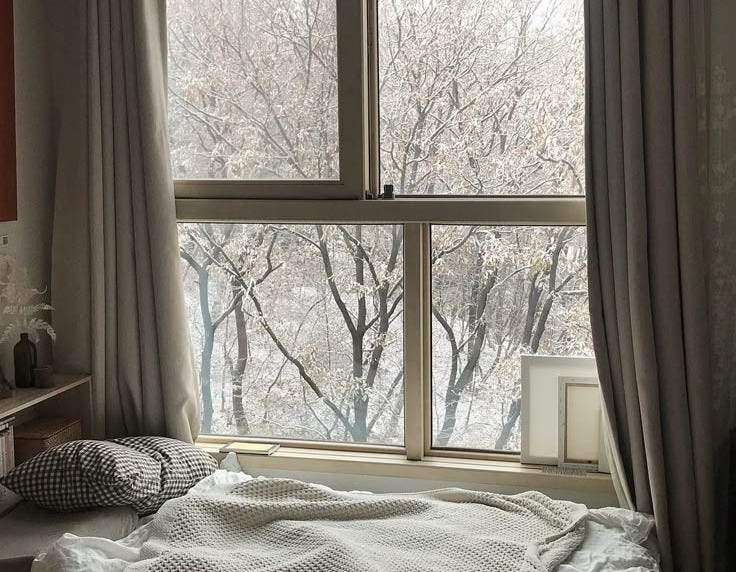
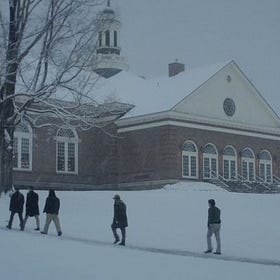
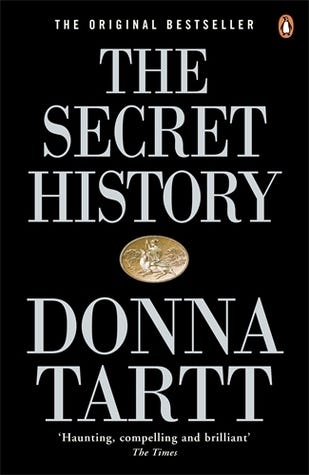
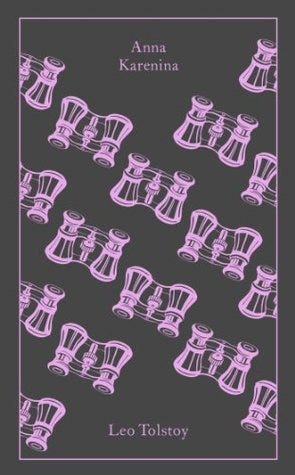
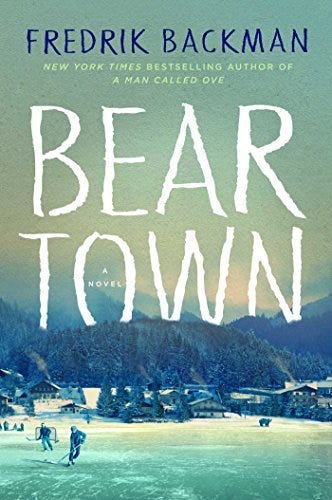
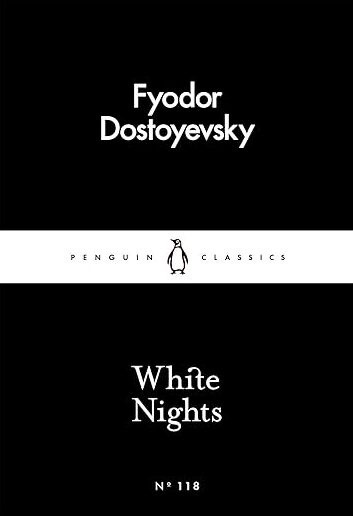
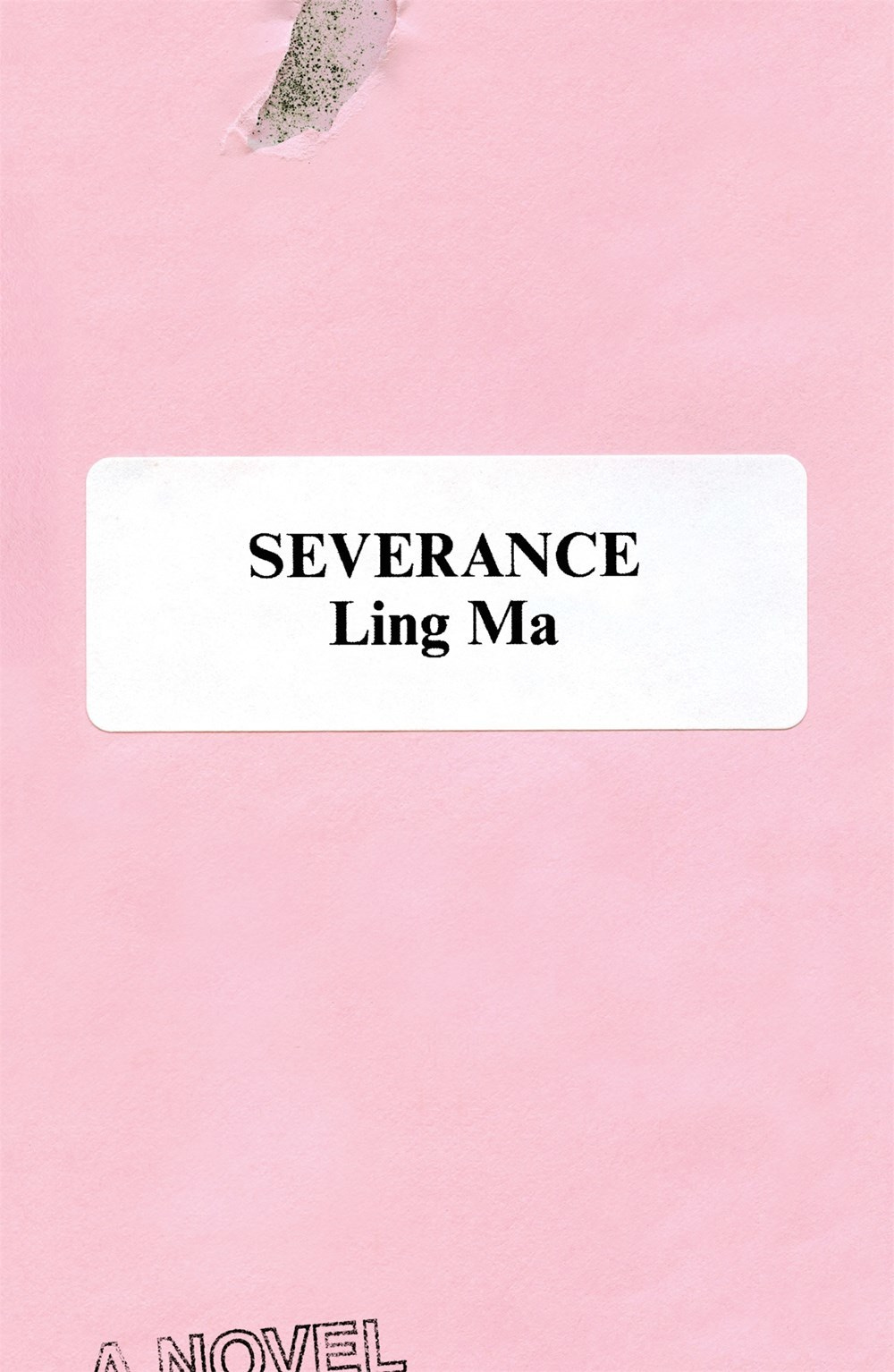
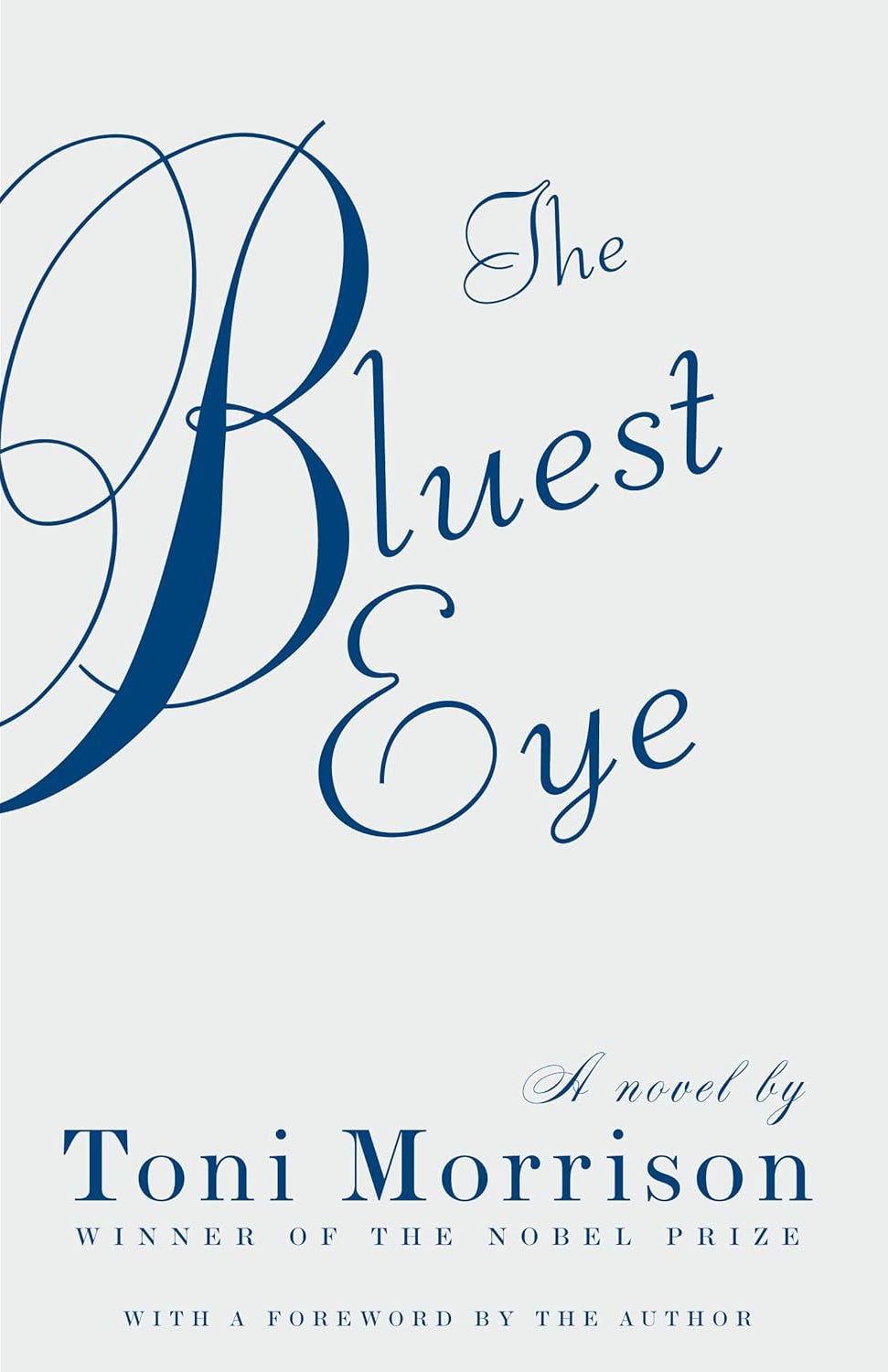
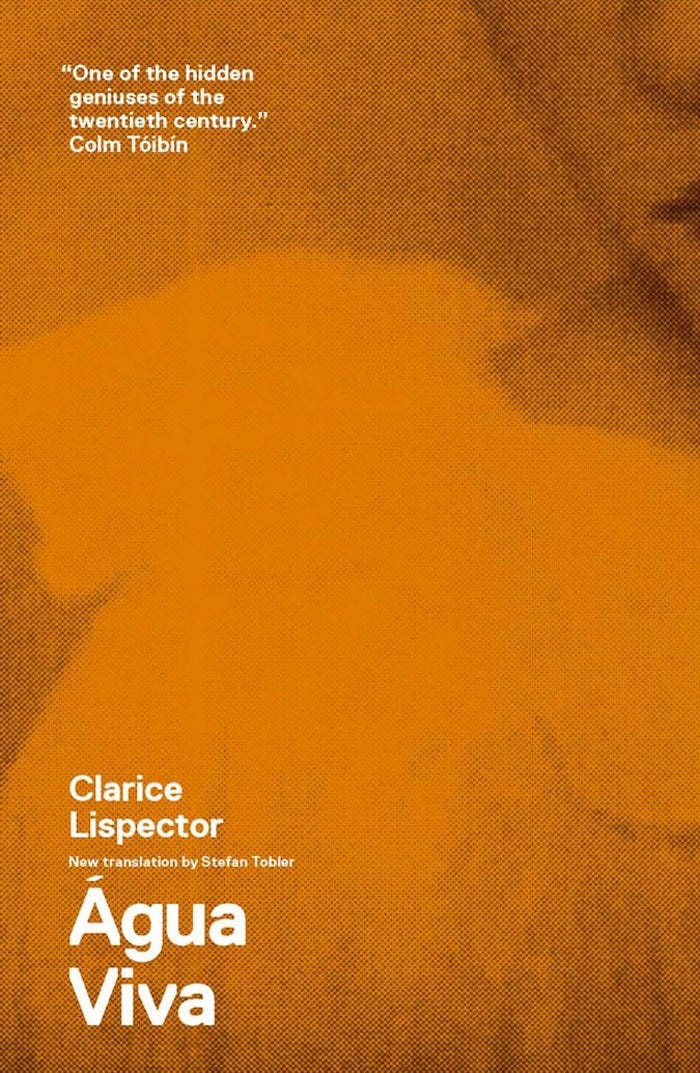
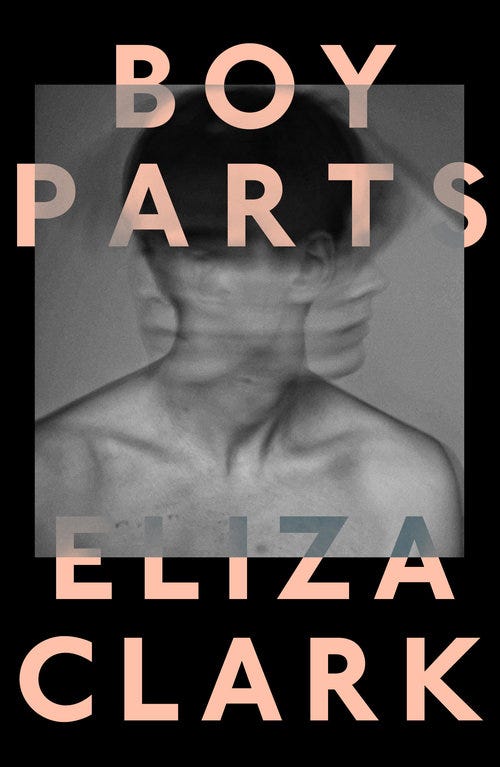
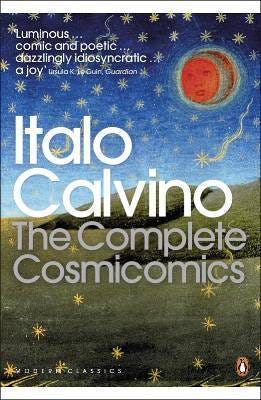
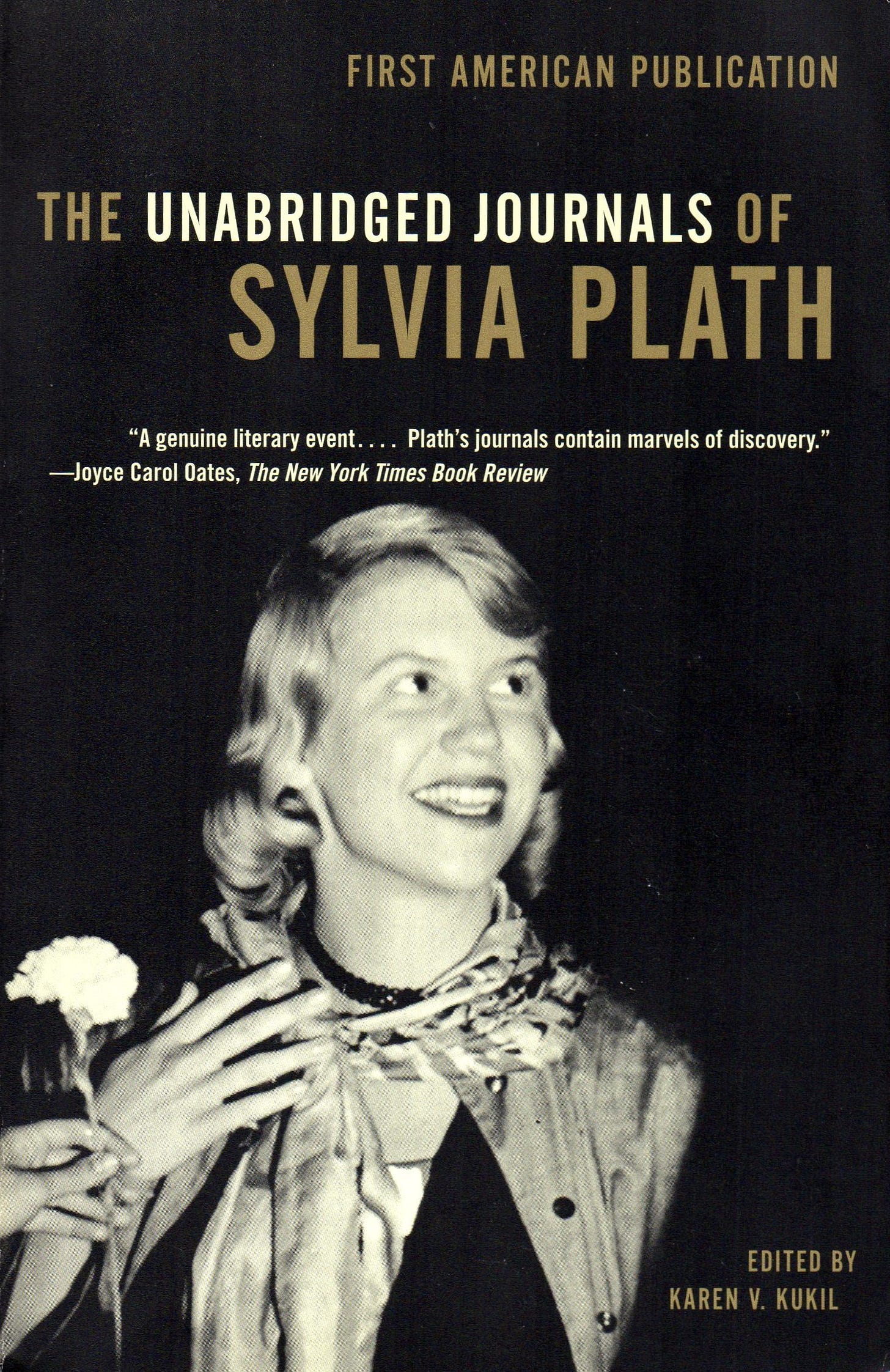
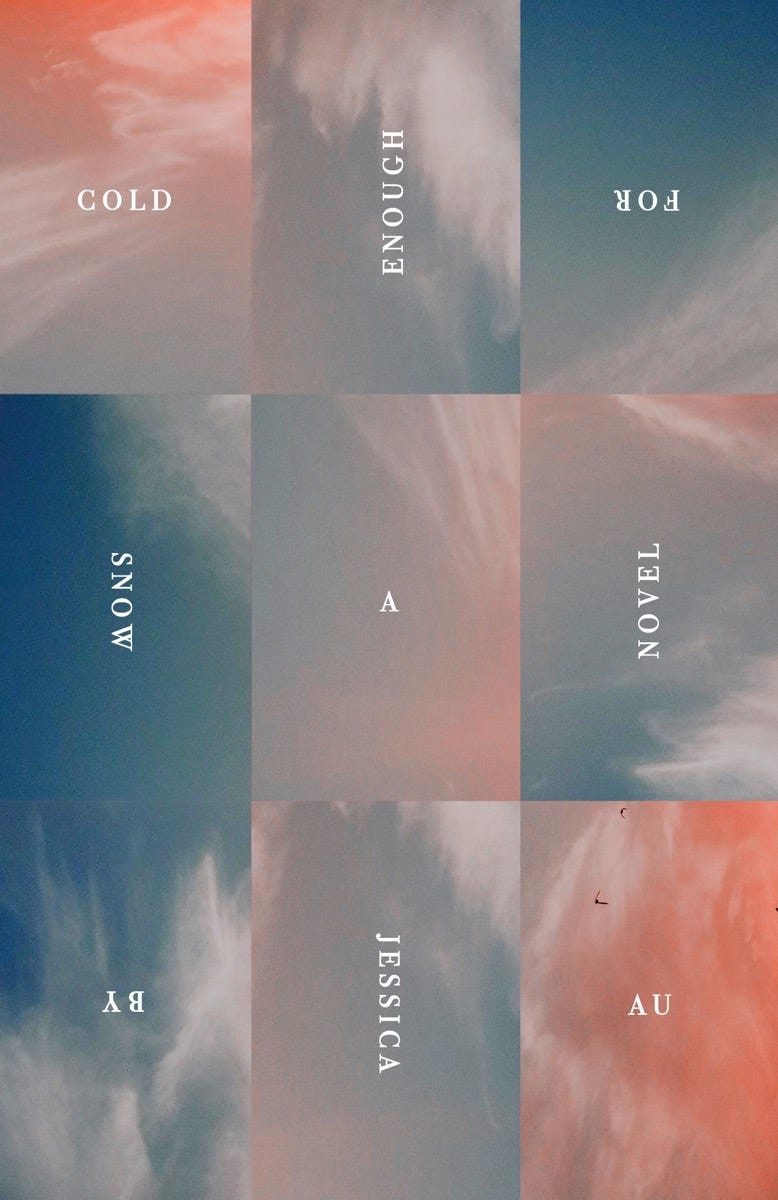


the secret history hits different in winter and we’ve always said that
i can't wait for spring to arrive!